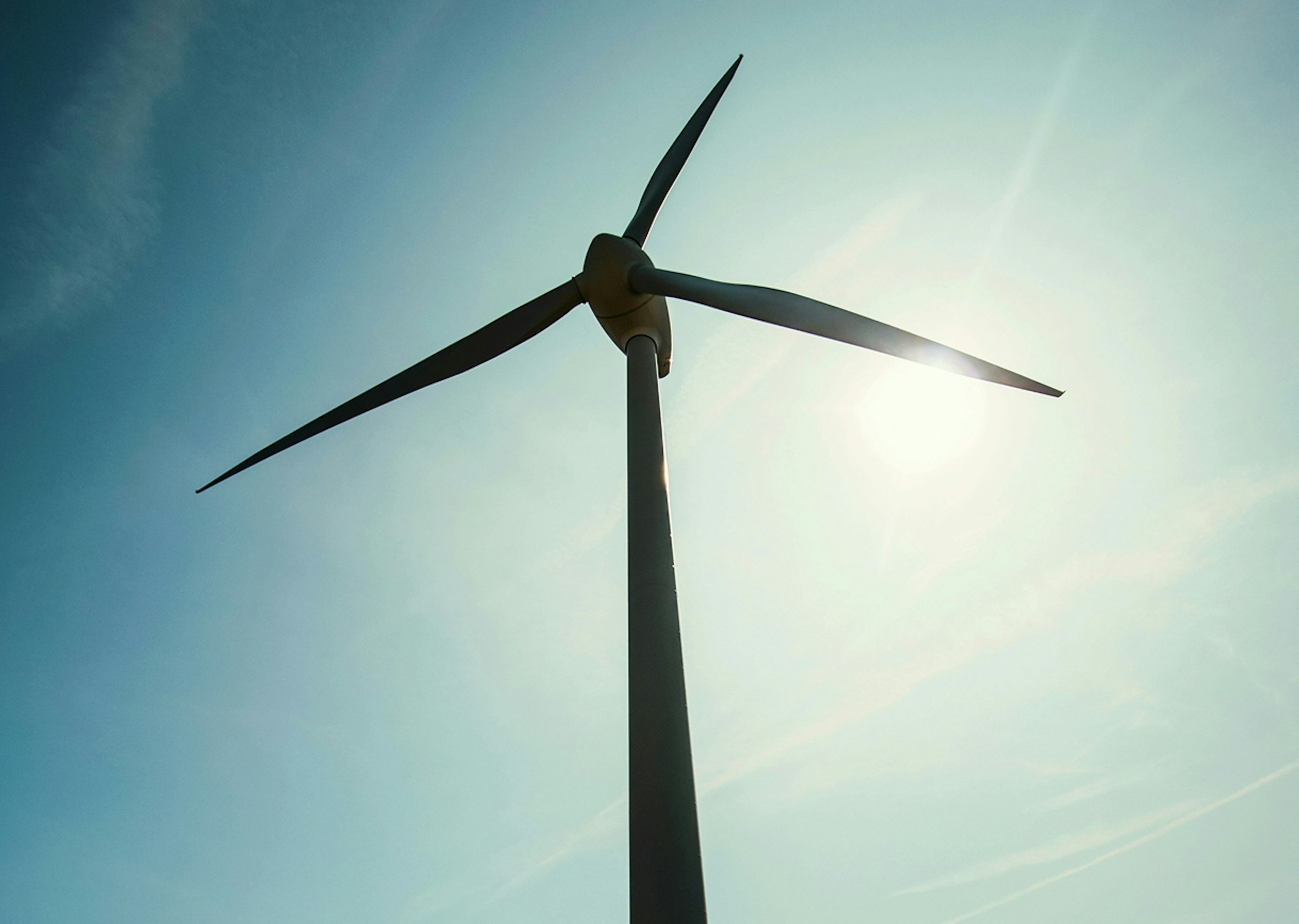How the removal and avoidance of regulatory barriers to trade in climate goods and services can accelerate the green transition and support EU competitiveness
An Implement Consulting Group study commissioned by Amazon.
14 November 2023
A road map to a green and circular single market
Delivering on EU climate ambitions requires an integrated, innovative and globally oriented single market for climate goods and services. Recent developments have added to the urgency of accelerating decarbonisation in Europe. The recent IPCC report shows the critical need for urgent action, considering the energy crisis and the risk of entire supply chains relocating outside the EU because of attractive incentives on other continents (for example, the Inflation Reduction Act). This underlines the need for accelerating the transition to low- carbon solutions in Europe.
As well as having the potential to accelerate the green transition, removing barriers to trade in climate goods and services can also create new jobs and export opportunities for EU companies that are able to use the single market to scale up and become globally competitive. But progress is slow, and a wealth of barriers hinder the creation of a true European green single market.
Why
Frictionless trade in climate goods and services is a prerequisite for the green transition. Regulatory fragmentation and complexity create barriers to trade in climate goods and services that increase costs, lower profits and erode the competitiveness of EU companies, particularly SMEs.
What
The report applies a bottom-up approach to identifying barriers to trade in climate goods and services in the single market, using the wind industry as an example.
Some of the most pressing barriers for the wind industry are listed below:
- Reduce permitting bottlenecks in the EU market
- Secure access to raw materials and secondary materials
- Harmonise product requirements for lights and markings on wind turbines
- Ensure common standards, mutual recognition and transferability of training
- Ease customs procedures for offshore wind farms
- Consistent interpretation of health and safety legislation
- Impose a landfill ban on decommissioned wind turbine blades
- Ease transport of decommissioned blades
Barriers in the wind industry are one way to illustrate challenges that are relevant to several cross-border climate goods and services.
How
The report offers a step-by-step approach to removing unnecessary regulatory barriers in the single market for climate goods and services:
- Identify goods and services that are critical to the green transition.
- Map regulatory barriers to trade in the single market.
- Remove all unnecessary regulatory barriers.
Complete the three-step process for an initial list of climate goods and services that are critical to the green transition and remove regulatory barriers that are unnecessarily restrictive to trade within the single market. Expand the list as new innovative climate solutions emerge and repeat the three-step process. Continuously ensure that new regulations do not create fragmentation in the single market for climate goods and services.
Download the report
Download the report A European green single market on how the removal and avoidance of regulatory barriers to trade in climate goods and services can accelerate the green transition and support EU competitiveness
DownloadAll reports
In an era of increasing geopolitical tensions, re-evaluation of global value chains and a global economy heading towards recession, the Single Market is key to securing growth, competitiveness and resilience of the EU economy.
See all the Implement Consulting Group studies commissioned by Amazon




